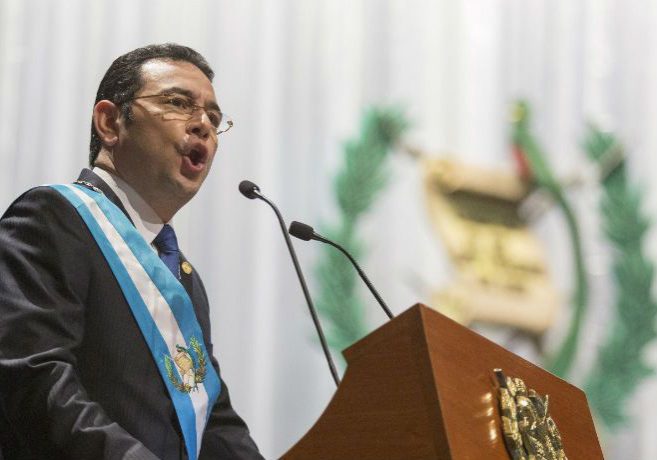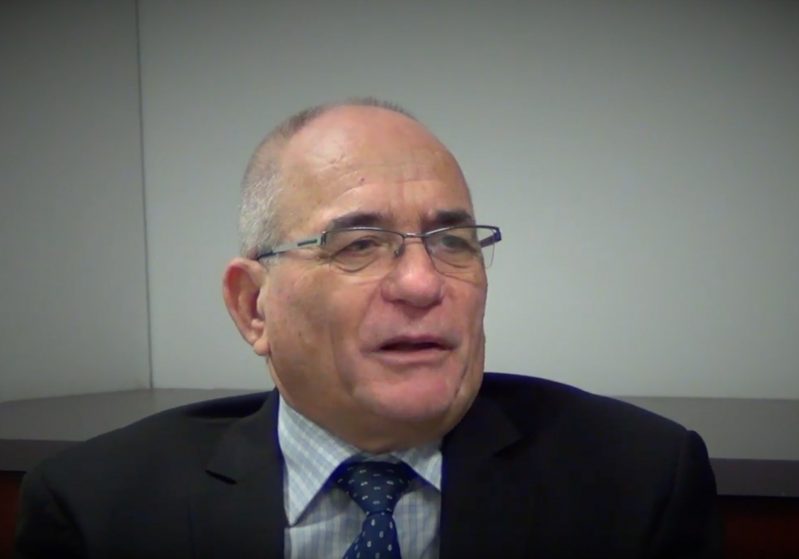Australia/Israel Review
Media Microscope: A week of weak coverage
Apr 29, 2013 | Allon Lee
Allon Lee
The death of convicted Palestinian terrorist Maysara Abu-Hamdiya from throat cancer in an Israeli jail on April 2 amid Palestinian accusations that he did not receive adequate treatment prompted rocket fire from Gaza and violent demonstrations in the West Bank.
Coverage of these clashes unfortunately followed a familiar pattern of focussing primarily on Palestinian claims against Israel and on Israeli actions against Palestinians.
Abu-Hamdiya was no babe in the woods but a Hamas member who was duly tried, convicted and sentenced to life in prison for sending a suicide bomber to a Jerusalem café in 2002.
An article by New York Times correspondent Isabel Kershner published in the Canberra Times on April 5 was headlined “Situation tense after Palestinian youths shot”.
In the Age and Sydney Morning Herald, the report was headlined “Two Palestinian teenagers shot dead”.
The pair died after being shot by Israeli troops during clashes before Abu-Hamdiya’s funeral. Israel said they were throwing firebombs at soldiers.
Neither the headline nor the story itself included any hard facts to explain what the pair had done to cause them to be shot. For that we needed to read a more extensive report from Ruth Pollard the next day and even then the duo’s actions were buried at the very end.
That Abu-Hamdiya was a member of Hamas (which is still proudly committed to violence and Israel’s destruction) neither the Kershner story nor Pollard mentioned, describing him as “a general in the Palestinian security forces.”
Presenting Palestinian claims sympathetically, Pollard wrote of the “continuing detention of more than 4600 prisoners in Israeli jails” and that “the issue of Palestinian prisoners is a particularly sensitive one – it is rare to find a family not touched by the incarceration of a relative, sometimes without charge. The Palestinian Authority says 1500 prisoners are ill, including 25 with cancer, and several prisoners are in serious condition after long-term hunger strikes to protest against their treatment”.
There was no hint that these prisoners have mostly been duly convicted of actual crimes, and Pollard does not seem to have sought out a response to these claims from an Israeli spokesperson.
Abu-Hamdiya’s sister Itidal, Pollard wrote, “described her brother’s painful last months. ‘When he was in hospital his hands and feet were tied to the bed, even though he was so sick he could not move.'”
Pollard also quoted Abu-Hamdiya’s lawyer and Palestinian President Mahmoud Abbas slamming the medical treatment, with Israeli health officials stating that “appropriate care was provided”. In fact, Abu-Hamdiya had been treated by Israel’s top oncologists at Beersheba’s Soroka Hospital.
In general, Israeli statements were framed quite differently from Palestinian ones, with everything open to doubt, and Pollard using words like “suspicion” and “allegedly”.
So we have Pollard’s reference to Palestinian “Arafat Jaradat, 30…arrested on February 18 on suspicion of throwing stones at Israeli soldiers” and who died “after a prolonged interrogation by Israel’s… Shin Bet”.
Then there were the two Palestinian men killed, described as “each shot in the chest by Israeli soldiers” after “allegedly hurling firebombs at a checkpoint near the Israeli settlement of Inab.”
Despite the fact that Pollard’s story was essentially an expanded version of Kershner’s, one critical event that was missing from it was any reference to the rocket fire from Gaza, which made Israel look even more the aggressor.
But even in Kershner’s story the reference to rocket fire was poorly edited with the order of events scrambled, making it unclear that the Israeli military strike on Gaza took place subsequent to and in response to rocket fire from Gaza.
Other Australian media outlets reporting the rocket fire slipped into the comfortable paradigm on the Israel-Palestinian conflict whereby the former’s behaviour is the story, and the latter’s behaviour is incidental background or assumed to be a response to Israeli actions.
The ABC news website (April 3) ran with “Israel launches ‘warning’ airstrikes on Gaza”. Its introduction called the strikes an “attack” and emphasised that it was the “first…since a truce ended a brief conflict in November.” Only at the tail end of the story was it explained that the Palestinian rocket fire was “the third instance…since the end of the November fighting”.
In the Courier Mail (April 4), the Israeli air strikes story was headlined “Israeli warning shots hit Gaza” and the story also noted they were Israel’s first Gaza operation since the end of last November’s war. But no reference was made that this was the third instance of rocket fire from Gaza.
Considering that Israel was responding to rocket fire from Gaza, a better headline for both pieces might have been “Gaza rockets again fired at Israel”.
Tags: Australasia






